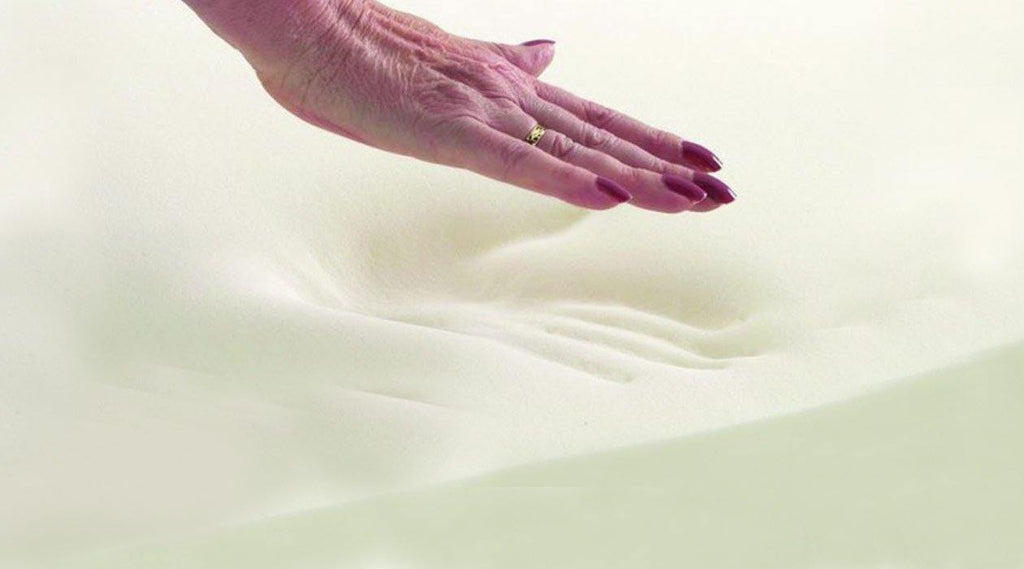A memory foam mattress comprises of a memory foam layer secured with springs or support foam. Memory foam, also known as the visco-elastic foam was developed in 1966 under a contract by NASA’s Ames Research Center to improve the safety of aircraft cushions
Two scientists namely and Charles A.Yost and Chiharu Kubokawa representing the Stencel Aero Engineering Corporation provided vital contributions to this project. The wonder initially presented in the mid-1960s tends to provide remarkable support and comfort. The foam uses heat to soften and mold as per the body shape. The pressure points are relieved while you are asleep dispersing the bodyweight evenly. The best thing about this is the preventing function that thwarts the tossing and turning enabling comfort in every position.
Memory foam mattress reacts very slowly to pressure addressed the issue of disisolating motion And are faster-reacting to alleviate the feeling of getting stuck in the mattress. Uniqueness: Heat trap
Advantages of Memory foam Mattress –
-
- Pressure Point Relief: One of the best key advantages of memory foam is its ability to prevent pressure points. Springs usually resist weight and also push upwards against you, while gravity pulls you down meanwhile. This leads to painful pressure points at the heaviest points of contact like hips and shoulders.
- Alignment Support: The key feature is that memory foam provides important benefits like supporting natural spinal alignment. Spring mattresses usually get distort in alignment as they push against heavier areas like hips and shoulders without supporting the lower back. Air and water beds can also distort alignment with the ‘hammock effect”, in which the torso tends to sink furthest in and the lower back takes on an unnatural position. A memory foam mattress permits the sleeper’s body to assume a natural, neutral curvature and maintains lumbar support.
- Reduced Allergens: The dense cellular structure of memory foam is naturally inhospitable to microbes and prevents the buildup of allergens like dust, dust mites, mold, and pet dander. Large open spaces which are found in innerspring beds provide an ideal environment for dust, bacteria and growth of mold, while water and air mattresses can also be prone to mold and mildew.
- Motion Isolation: The conforming, cellular nature of memory foam also serves to absorb motion rather than transfer it. Classic commercials demonstrating an individual jumping on a memory foam mattress close to a glass of undisturbed wine demonstrate this idea.
- Durability & Longevity: The lifespan of memory foam mattresses offers another benefit. A good quality memory foam mattress usually has an average of 7-10 years of useful life. Spring mattresses average nearer to 5-6 years, which means they may require replacement up to twice as often. This is as a result of elastic and polyurethan foams have stronger sturdiness and resilience compared to metal springs, fibers, and padding foams typically seen in innerspring beds. Air beds and waterbeds will last nearly as long as memory foam, however usually need element replacement and user maintenance on the means.
This is all about a memory foam mattress. If you want to purchase one, we have a surprise for you. An instant discount coupon is left here for you.
Grab it before the opportunity goes away.

